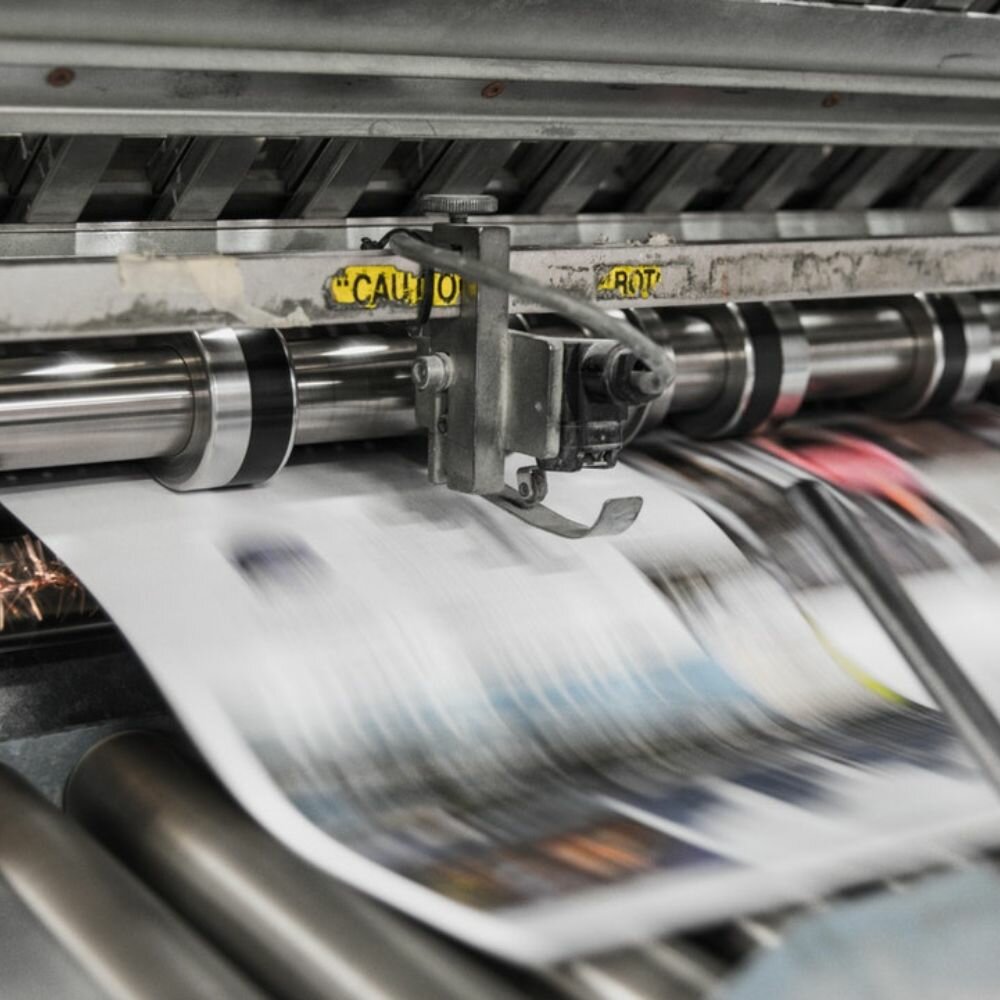Printing Solutions for the Modern Working Environment
2022-09-12 12:44:42

Even in this digital age, there's still a place for paper-based printing. To illustrate this via an example, the average 1,500-bed hospital still prints over 8 million pages per month.
It's easy to see why this is the case, as paper-based printing has many benefits. It helps create secure business files, distributes information to customers, and can be readily accessed. Your business may do or can benefit from it as well.
However, a business's printing methods need to be very effective and efficient. If not, printing won't be as beneficial. One way to make printing more effective is to ensure your business uses the best printing solutions.
To learn about some examples of these, read on.
Document Management Software
The consequences of losing business documents can range from mild to severe. For example, you can face criminal charges if you fail to turn in tax documents on time. In addition, workers might waste labour hours trying to locate lost documents.
Managing paper files usually involves employees storing documents in labelled manila envelopes or LeverArch files. These files and folders are then traditionally stored in filing cabinets. Companies may also put more important files into fireproof safes or otherwise.
Your business may use a similar process to store your digital files. Computers, of course, also have files in which we can store documents. Employees often use these for their specific job requirement efforts and the procedures specified by the company for whom they work.
These document management solutions are effective. However, your efforts can involve a tool that makes them even more effective.
What Is an Enterprise Document Management (EDMS) System?
One ability of an enterprise document management system (EDMS) is to organise documents. It is similar to an enterprise content management (ECM) system. However, the latter manages documents and content such as images and web pages.
Along with organising documents, EDM systems have many other abilities. One is version control. Version control enables workers to access many past versions of certain documents.
In addition, employees can program automated workflows into EDM systems. These are tasks performed by software that require no human intervention. For example, an employee might program a workflow to file away certain documents upon completion.
Some EDM systems also have document imaging capabilities. These include scanning as well as mark and character recognition. These features can be most helpful when a business needs to digitise documents for storage or printing.
Print Management Software
One can set up printing automated workflows on an EDM system. However, print management (BPM) software can do this and much more. It allows a business to control, track, and maintain all printers in its fleet at once.
What are the benefits of this? One of the main benefits is that companies can decrease their paper expenses and wastage. It can also provide a layer of security for important documents.
One commonly utilised ability of PM software is authorised printing. Authorised printing is a feature that allows only authorised users to access printing functionality. With this intelligent feature, the software keeps digital files on hold until the authorised user releases them.
As a result, users can double-check, make corrections to errors or choose to cancel any business documents before printing them. This feature is beneficial, as documents with mistakes are often discarded due to errors and thus wasted. This function allows companies to increase their environmental footprint and decrease consumable costs.
Digital Printers
Despite the new advances in technology, many businesses still use offset printing presses which is understandable as these offer many benefits that digital printers do not. For example, offset printers are best suited for cost-effectively producing large volumes of high-quality prints that require little maintenance.
That being so, such businesses shouldn't disregard digital printers. Their abilities can be beneficial to trade, and at the very least, companies should weigh the pros and cons of both options.
Outlined here below are some examples of the benefits of digital printing.
Take Up Less Space
Technology companies have designed most of today's digital printers to be small and compact. In contrast, most offset printing presses take up a large amount of space. Printing businesses also require space to store ink, plates, and other consumables.
Because of the considerable size of presses, companies are often unable to fit many printing presses into a small space. In turn, this can limit the number of orders they can complete at a time. In contrast, however, if they switch to digital printers, they can accept more orders at a time.
More Flexibility
A printing press takes significant time to set up and break down. As a result, switching between different paper-based documents can be inconvenient and time-consuming. These impracticalities can become a problem when a company perhaps needs to process multiple smaller orders at once.
Digital printers are different. A worker only needs to access electronic documents from a cloud-based storage app that they can then download onto a printer's mobile app and send to the printer.
One can also edit digital files with just a few quick button presses. Similarly, switching between different files is just as easy. It's also much faster than changing printing plates between jobs.
Environmental Benefits
Offset printing presses use more energy than digital ones. Unless your business uses solar or wind power, its primary power source comes from fossil fuels. In addition, using a less energy-efficient device can give you a higher energy bill.
Cleaning printing plates are also not best for the environment as it usually involves toxic detergents. Digital printers, in contrast, don't need this form of regular cleaning.
Easier To Use
Usually, only specialised professionals are qualified to operate printing presses. They need to know how to set printing plates, fill ink tanks, and control other operations. As a result, a business may need to spend more on the salaries required to hire or train these experts.
In contrast, almost any office worker can use digital printers. A person is required only to learn the control buttons on the mobile app or on the onboard touchscreen to operate the device.
In addition, it can be challenging to troubleshoot and fix printing press problems. On the other hand, many digital printers inform the user of issues and alert them to the exact location of the problem.
Try Our Printing Solutions
As a final tip, remember that you don't have to research printing solutions alone. There are many industry experts with whom one can consult for advice and recommendations.
Contact us for help, and we will provide the best brands and service delivery in the industry. With over 30 years in the business, we take pride in satisfying our clients' needs.


